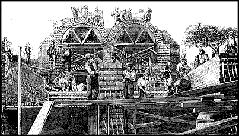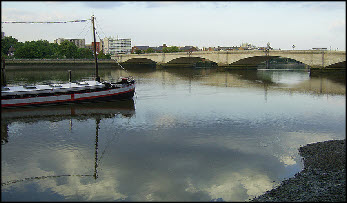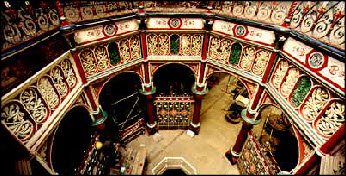




12th November 2010
Engineers & Engineering
1819 - 1891
Joseph Bazalgette was born in Enfield, London in 1819. His career began with working on railway projects and it was here that he gained experience in land drainage. In 1849 he was appointed assistant surveyor to the Metropolitan Commission of Sewers in London. At that time there was no system of sewage and drainage. Houses had cesspits and raw sewage and rubbish was dumped directly into the River Thames. As a direct result of this there was cholera epidemic in 1848 which killed 14,136. The belief at the time was that the disease was caused by foul air, or miasma. Dr John Snow proposed that cholera was actually spread by contaminated water. His view however was not widely accepted.
In 1853 there was a further cholera outbreak killing 10,738 people. In 1856 Bazalgette was appointed Chief Engineer to the Metropolitan Board of Works. 1858 was the year of the ‘Great Stink’ so-called because of the foul stench of the River Thames. The smell was so bad that Members of Parliament had to leave the House of Commons. A Bill giving Bazalgette authority to construct a series of interconnecting sewers running directly from houses into a sewage system was passed into law within 16 days and he immediately began work. During the next 16 years he constructed 82 miles of main intercepting sewers, eleven hundred miles of street sewers, four pumping stations and two treatment works. The pumping stations were powered by huge steam engines. His work ensured that there were no further cholera epidemics in London.
He worked tirelessly towards improving London and between 1856 and 1889 built more of London than anyone else and his sewers, treatment works and pumping stations are still bringing clean water to people of London today. He was knighted in 1875 and was elected President of the Institution of Civil Engineers in 1888.
He worked tirelessly towards improving London and between 1856 and 1889 built more of London than anyone else and his sewers, treatment works and pumping stations are still bringing clean water to people of London today. He was knighted in 1875 and was elected President of the Institution of Civil Engineers in 1888.
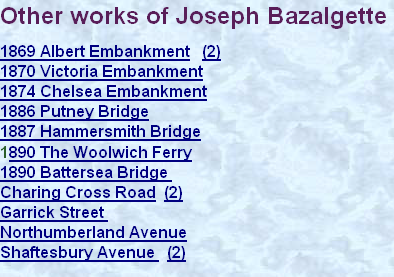
Putney Bridge
Crossness Pumping Station
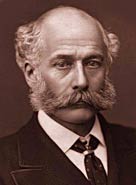
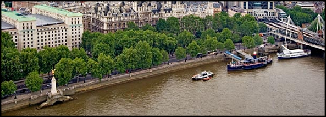
A small section of Victoria
Embankment
Embankment
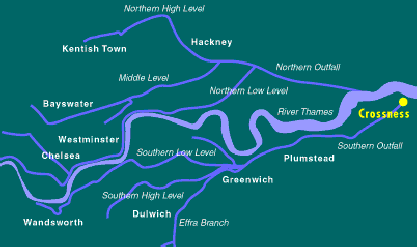
The map of the sewage drainage system and an image of it during construction
What was the problem?
What was the problem?
